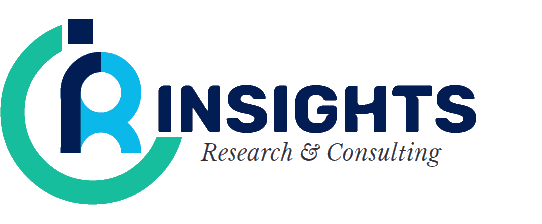INSIGHTS conducted a comprehensive mapping and assessment of existing formal and informal The primary objective of this exercise was to evaluate the strengths, weaknesses, and gaps in current early warning mechanisms to enhance their accessibility, effectiveness, and inclusivity. The study focused on understanding how weather and climate information services (WCIS) are utilized and identifying opportunities to improve their responsiveness to climatic shocks such as droughts, floods, and other extreme weather events.
A key aspect of the assessment was addressing the heightened vulnerability of marginalized groups, including Persons with Disabilities (PwDs), the elderly, socially marginalized populations, and those in hard-to-reach (H2R) areas. These groups face significant barriers in accessing vital resources, information, and support systems, which amplifies their risks during climatic shocks. Poor or limited access to WCIS further exacerbates their challenges, underscoring the need for inclusive and community-specific solutions.
The mapping exercise provided actionable recommendations aimed at improving early warning systems to better prepare vulnerable communities for climatic shocks. These recommendations will guide the design of targeted interventions to enhance preparedness, resilience, and equitable access to early warning services, ensuring that no group is left behind in responding to climate-related risks.early warning systems in Bandarbeyla, Burao, and Beledweyne districts in Somalia.
